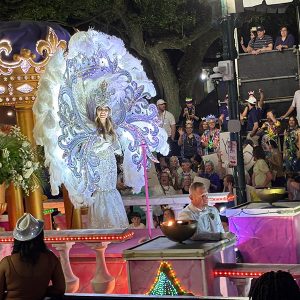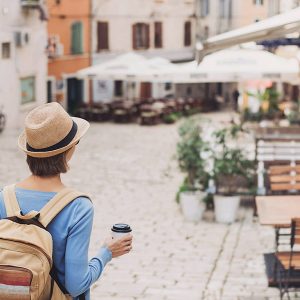On a hot autumn afternoon, there are few nicer places to sit in Seville than the glorious inner courtyard of the Casa de Pilatos. The ornate architecture, splashing fountains and classical statues of this exquisite private mansion were inspired by a visit to Greece and Italy made by its 16th century owner. Today it’s an unexpected oasis from the tourist hotspots of this enchanting city.
And as I listened to the birdsong and the rhythmic play of water, I just felt lucky to be there at all. It’s easy to take holidays for granted, but when an airline or tour operator collapses, all those holiday hopes and dreams can all too quickly come crashing down. So 11 out of 10 to Riviera Travel after the sad collapse of Monarch Airlines. Within two days, they’d found us flights with Jet2 for the same days. A different London airport and a mega early departure but nothing we couldn’t solve with an overnight hotel and parking deal booked through another Silver Travel Advisor partner, Holiday Extras.
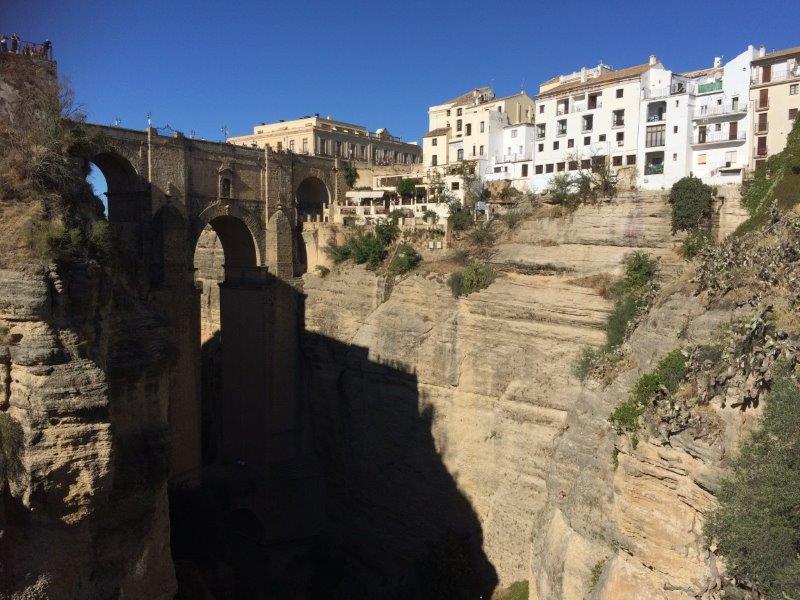 Riviera’s Classic Spain Itinerary begins with an overnight stay in Mijas, conveniently close to Malaga airport in a traditional hacienda style hotel with large pool and gardens. A morning visit to Ronda is followed by three nights in Seville, then a half day in Cordoba, en route to Granada for the final two nights.
Riviera’s Classic Spain Itinerary begins with an overnight stay in Mijas, conveniently close to Malaga airport in a traditional hacienda style hotel with large pool and gardens. A morning visit to Ronda is followed by three nights in Seville, then a half day in Cordoba, en route to Granada for the final two nights.
One thing that attracted my husband and I to the tour – apart from the cities themselves – was that the Riviera Travel itinerary combines tours by local guides with ample free time for independent exploration. The programme includes an overview of Seville by coach and on foot, plus an evening reception at a local tapas bar; a guided walking tour of Cordoba’s extraordinary Mosque-Cathedral; and a 3-hour guided tour of the Alhambra in Granada. Optional tours in your free time include a river cruise and flamenco evening in Seville, or just the chance to do your own thing.
Spain’s Andalusian gems have been written about before by Silver Travellers, so I’m not going to repeat their stories of the region’s dramatic history and fabulous architecture – a unique meeting of Roman, Moslem and Christian cultures. Instead, here are some Magic Moments from our trip, plus some tips to help you make the most of yours.
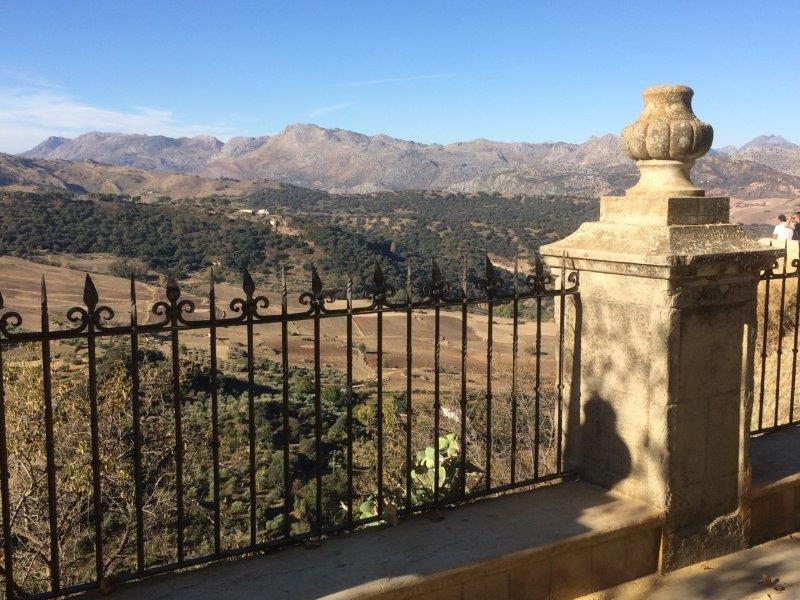 Sitting with a coffee outside the Parador hotel in Ronda. Perched on the edge of a sheer cliff, the terrace is shaded from the hot sun and is one of the coolest places to take in the panorama across farmland to the Sierra de Juan.
Sitting with a coffee outside the Parador hotel in Ronda. Perched on the edge of a sheer cliff, the terrace is shaded from the hot sun and is one of the coolest places to take in the panorama across farmland to the Sierra de Juan.
Tour groups cluster either side of the New Bridge at the top of the ravine, but we followed the back streets away from the crowds to the Jardines de Cuenca half-way down the gorge for a view up at the New Bridge and down to the two earlier ones.
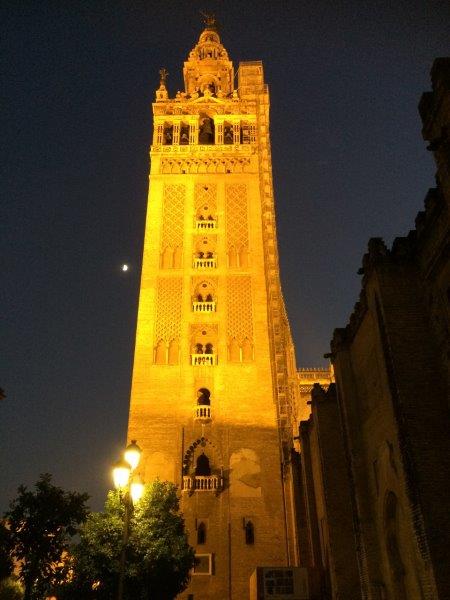 Walk through the cobbled square around Seville Cathedral and the Giralda Tower at night, when these huge buildings are bathed in golden floodlights. We also enjoyed the unique view from the rooftop bar and pool at the Hotel Don Paco, our base for the three-days.
Walk through the cobbled square around Seville Cathedral and the Giralda Tower at night, when these huge buildings are bathed in golden floodlights. We also enjoyed the unique view from the rooftop bar and pool at the Hotel Don Paco, our base for the three-days.
Get a pigeon’s eye view from the lofty Giralda Tower beside Seville Cathedral, even though one side was obscured by scaffolding during our stay. Originally a minaret, it has ramps not steps so the muezzin could ride his horse up, but be aware that there are 34 floors! Entry is included in the Cathedral ticket but opening hours are not always what you think, especially if you hit town on Sunday or Monday. You can buy a double ticket at the kiosk in San Salvador Church to avoid the queues at the Cathedral.
Don’t overlook the Grotto Gallery which bisects the shady garden rooms of the Real Alcazar in Seville. The high-level perspective of exotic plants, tiled seats and fountains gives a great idea of the layout – perfect for photos!
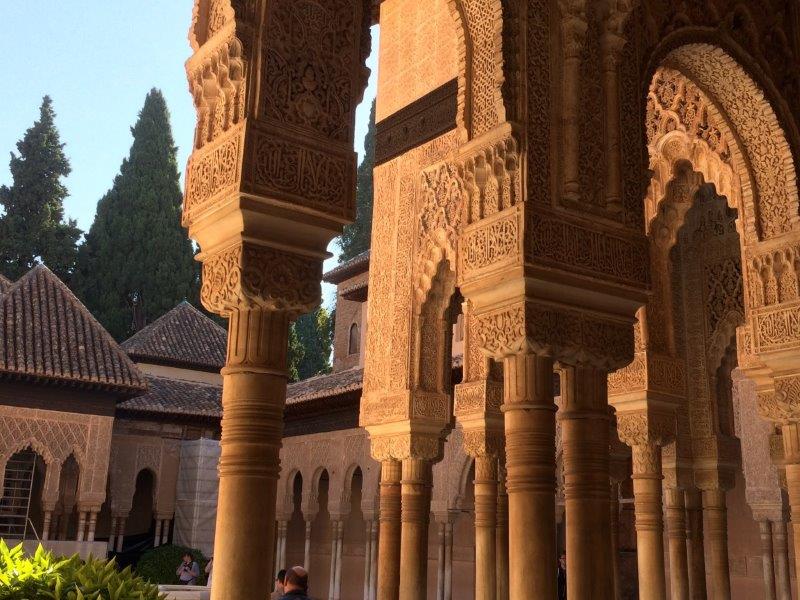 Andalusia is sensory overload for lovers of art, architecture and design, especially the fabulous blend of Moslem and Christian architecture in Seville’s Real Alcazar and the Nazrid Palace of the Alhambra. Just accept that it will be busy. Riviera Travel’s tour includes timed Alhambra tickets but you can book the Real Alcazar online at www.alcazarsevilla.org (great reductions for over 65s with proof of identity) – arrive early for the most intimate experience.
Andalusia is sensory overload for lovers of art, architecture and design, especially the fabulous blend of Moslem and Christian architecture in Seville’s Real Alcazar and the Nazrid Palace of the Alhambra. Just accept that it will be busy. Riviera Travel’s tour includes timed Alhambra tickets but you can book the Real Alcazar online at www.alcazarsevilla.org (great reductions for over 65s with proof of identity) – arrive early for the most intimate experience.
That quiet courtyard of the Casa de Pilatos was another magic moment, the property makeover inspired by the house of Roman governor Pontius Pilate in Jerusalem. An eclectic mix of styles which really shouldn’t work, but it does!
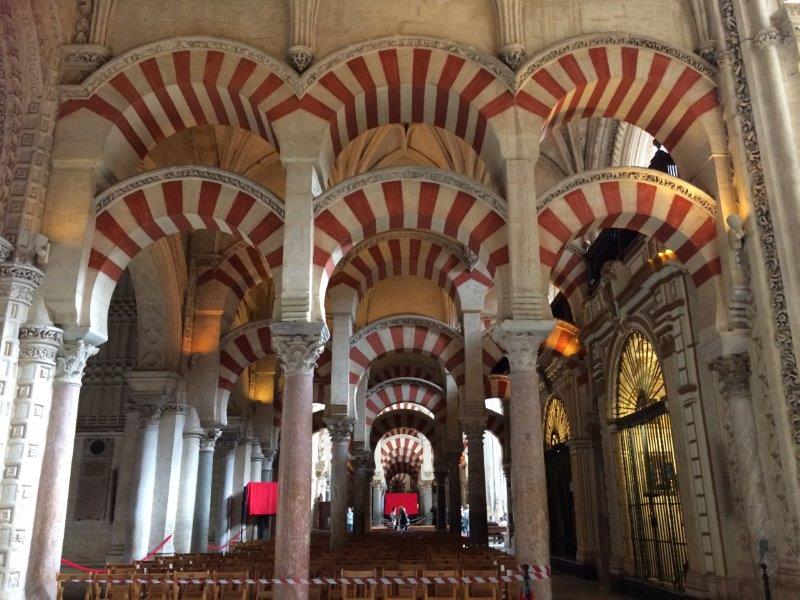 I’ll never forget peering through the lines of striped Moorish arches inside Cordoba’s Mosque-Cathedral in search of the Christian church that replaced the central section in the 16th century. And then spotting it. Wow! Carlos V gave permission for the alterations but on seeing it declared he would have forbidden the destruction of something so unique if he’d realised. But the insertion of the church undoubtedly saved the mosque for us to enjoy today.
I’ll never forget peering through the lines of striped Moorish arches inside Cordoba’s Mosque-Cathedral in search of the Christian church that replaced the central section in the 16th century. And then spotting it. Wow! Carlos V gave permission for the alterations but on seeing it declared he would have forbidden the destruction of something so unique if he’d realised. But the insertion of the church undoubtedly saved the mosque for us to enjoy today.
The ever-changing views of the hilltop Alhambra are captivating. The classic tourist brochure shot is from St Nicolas Square in the Albaicin district, original home of the Moslem community – best to take the bus or land train up the maze of steep streets and walk back down! But there’s a great view too from the Generalife gardens, included in your Alhambra ticket, and from the river walk beneath the walls.
Tips
Temperatures can get into the 40s here in summer, so spring and autumn are best times to travel. In late October, we basked in the mid-20s with a high of 33. But do take layers. We began our 8am tour of the Alhambra in a chilly 8 degrees, though the heat soon built up.
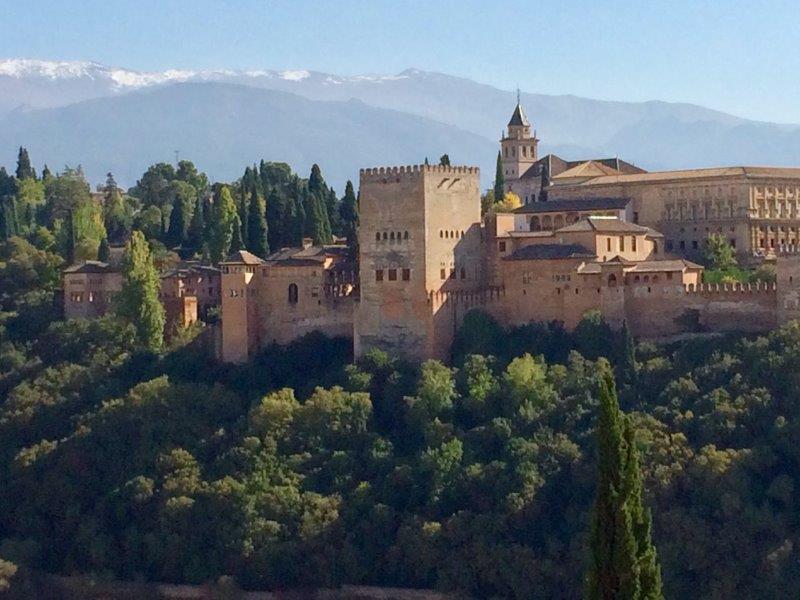 Wear comfy non-slip shoes – there are lots of cobbles! Sun cream is a must too, even in low season.
Wear comfy non-slip shoes – there are lots of cobbles! Sun cream is a must too, even in low season.
The UNESCO-listed Alhambra is Spain’s most popular monument. Timed tickets go on sale three months ahead and sell out quickly – a big advantage of going on an escorted holiday where the visit is included. Pitch up without one and you’ll only be able to access the inner courtyard.
Silver Travel Advisor recommends Riviera Travel.



